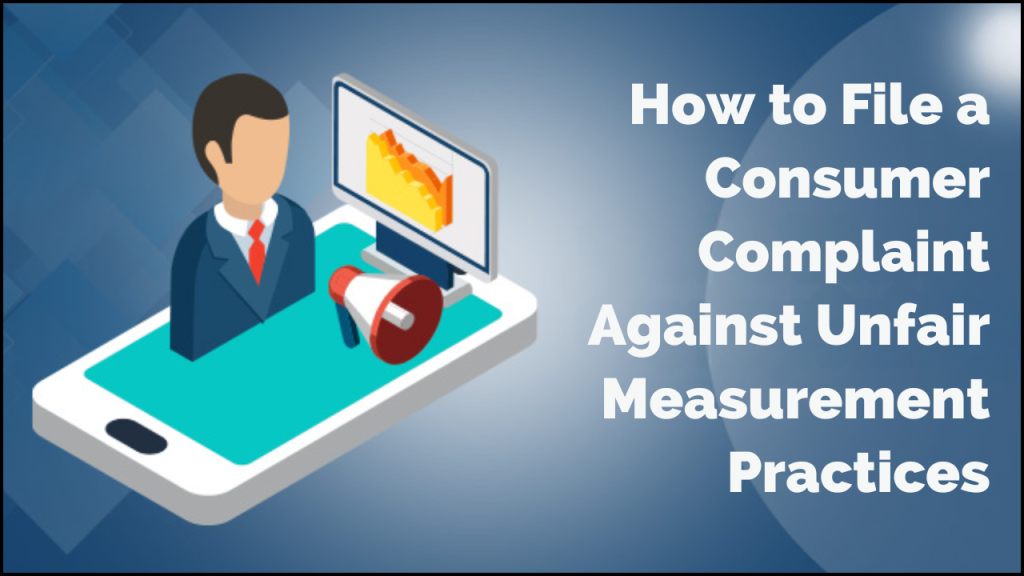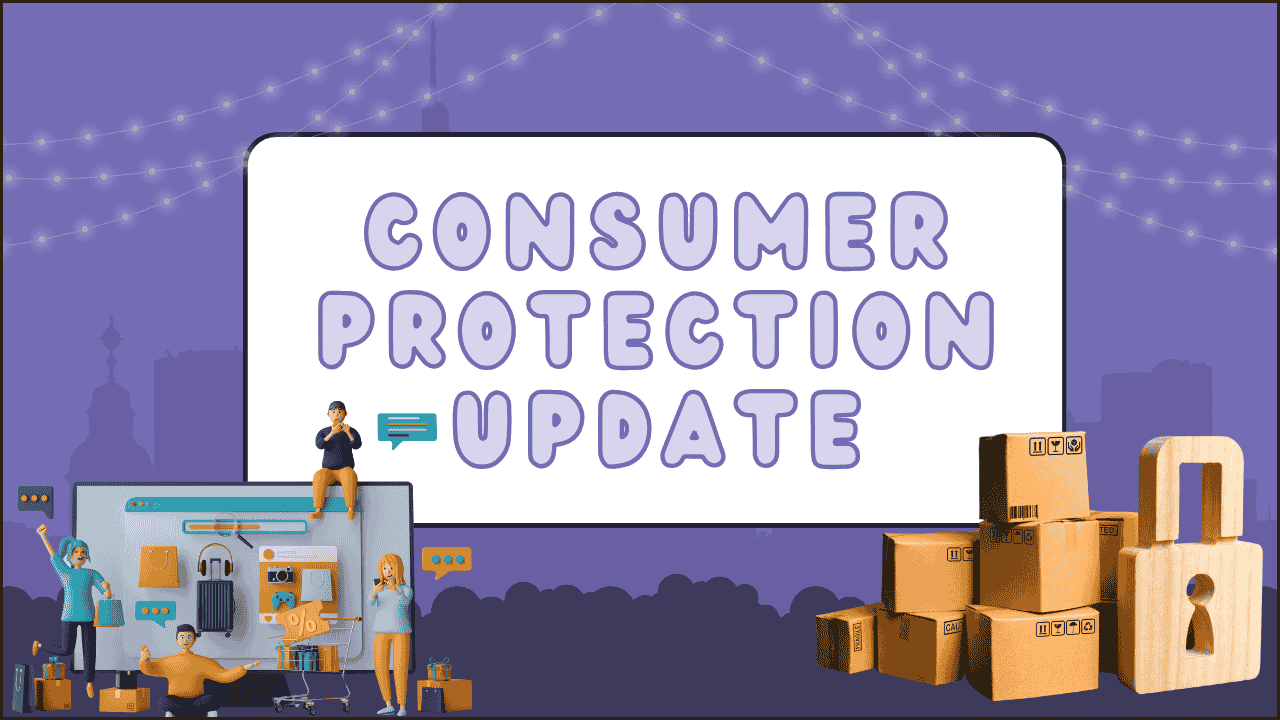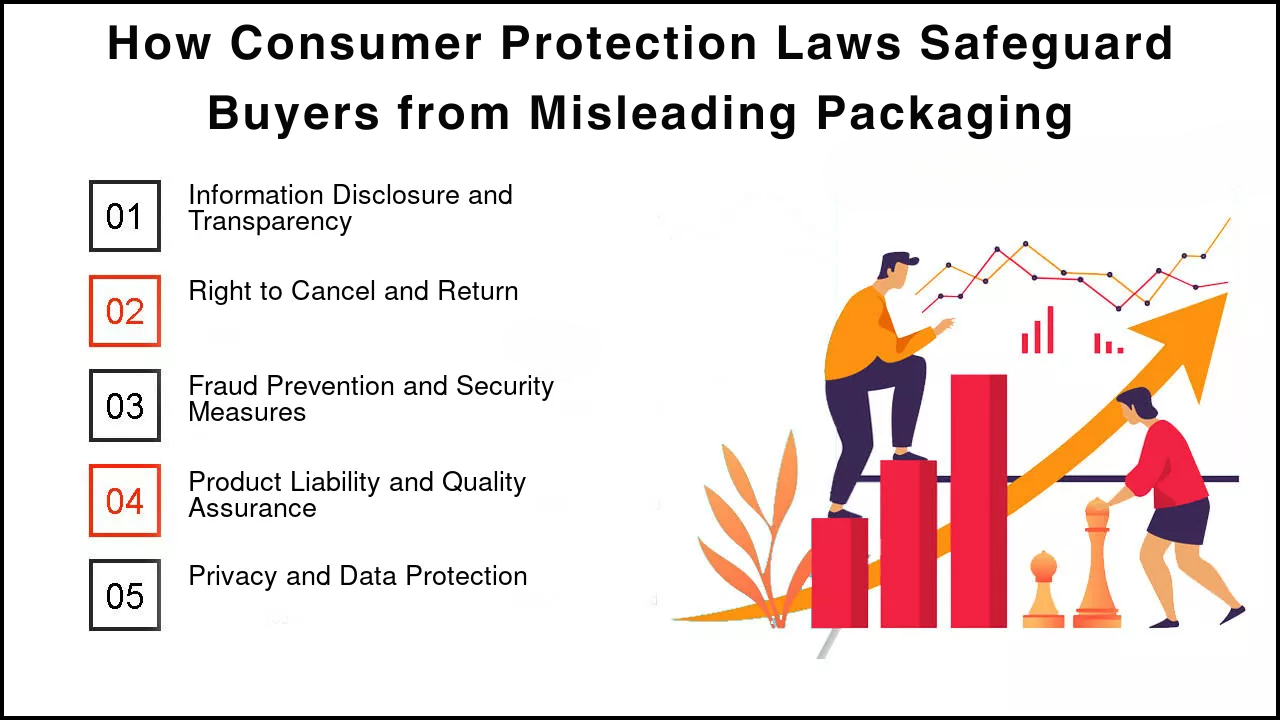
Have you ever bought something that weighed less than what the package claimed? Or paid for a service that delivered less than promised? These are unfair measurement practices, and you have the right to complain about them. This guide walks you through the process of filing an effective consumer complaint when you face such issues.
Understanding Unfair Measurement Practices
Unfair measurement practices happen when businesses:
- Sell products with less weight or volume than advertised
- Use tampered measuring devices
- Charge for more quantity than actually provided
- Mislabel package contents
- Deliberately confuse consumers with misleading measurements
These practices are not just frustrating—they’re illegal in most countries.
Step-by-Step Guide to Filing a Complaint
1. Collect Evidence
Before taking any action, gather proof of the unfair practice:
- Keep your receipt or invoice showing what you paid for
- Take clear photos or videos of the product and its measurements
- Save the packaging with weight/volume information
- Note the date, time, and location of purchase
- Document any conversations with the seller
Strong evidence makes your complaint much more likely to succeed.
2. Try Direct Resolution First
Many issues can be solved without formal complaints:
- Speak directly with the store manager or business owner
- Explain the problem calmly and clearly
- Show your evidence
- Request a specific solution (refund, replacement, or correction)
Document this conversation, including who you spoke with and what was said.
3. Know Where to File Your Complaint
If direct resolution fails, you have several options:
| Authority | When to Contact | What They Handle |
|---|---|---|
| Local Weights and Measures Department | For issues with scales, gas pumps, or measuring devices | Inspections of commercial measuring equipment |
| Consumer Protection Agency | For any unfair business practice | General consumer complaints and investigations |
| Food Safety Authority | For packaged food items with incorrect measurements | Food-specific regulations and standards |
| Attorney General’s Office | For widespread or serious violations | Legal enforcement of consumer protection laws |
| Better Business Bureau | For reputation-based pressure on businesses | Mediation between consumers and businesses |
4. Prepare Your Formal Complaint
A well-prepared complaint includes:
- Your full contact information
- The business name, address, and contact details
- A clear timeline of events
- Description of the unfair measurement practice
- Copies of your evidence (receipts, photos, etc.)
- Your previous attempts to resolve the issue
- The specific outcome you want
Be factual and avoid emotional language.
5. Submit Your Complaint Through the Right Channel
Different agencies accept complaints in different ways:
| Submission Method | Advantages | Disadvantages |
|---|---|---|
| Online Portal | Fast, creates immediate record, easy to track | Requires internet access and basic tech skills |
| Written Letter | Creates paper trail, good for complex cases | Slower, requires proper formatting |
| Phone Hotline | Immediate guidance, can ask questions | May not create permanent record without follow-up |
| In-Person Visit | Can show physical evidence, immediate attention | Time-consuming, limited to business hours |
| Mobile App | Convenient, often allows photo uploads | Not available for all agencies |
Most government consumer protection websites now offer online forms that simplify the process.
6. Follow Up Regularly
Don’t file and forget:
- Note your complaint number or reference code
- Check the status every 2-3 weeks
- Provide any additional information requested promptly
- Be patient but persistent
- Keep records of all communications
7. Escalate If Necessary
If your complaint doesn’t receive proper attention:
- Contact the next level of authority (from local to state/provincial to federal)
- Consider small claims court for financial losses
- Join with other affected consumers if it’s a widespread issue
- Contact media outlets if the issue affects public safety
Real-World Impact of Consumer Complaints
Consumer complaints aren’t just about getting your money back. They create meaningful change:
| Type of Impact | How It Happens | Example |
|---|---|---|
| Business Correction | Companies fix specific problems | A grocery store recalibrates their scales after complaints |
| Pattern Recognition | Agencies identify widespread issues | Regulators discover multiple complaints about the same brand of measuring cups |
| Regulatory Action | New rules are created | New packaging standards after consumers report shrinking product sizes |
| Public Awareness | Other consumers learn about issues | News reports warn about certain misleading practices |
| Industry Standards | Entire sectors improve practices | Food industry adopts clearer measurement labeling |
Your complaint helps protect not just yourself but other consumers too.
Prevention Tips
The best complaint is one you never have to file:
- Learn to recognize standard measurements
- Bring a small measuring tape for dimension-based purchases
- Check package weights against what you receive
- Research businesses before buying from them
- Trust your instincts if something seems wrong
- Consider purchasing your own small scale for home use
Special Situations
Online Purchases
For e-commerce:
- Screenshot product descriptions before ordering
- Weigh or measure items immediately upon delivery
- Report discrepancies to both the platform and seller
- Use platform dispute resolution systems first
Service Measurements
For services sold by measure (like carpet cleaning by square foot):
- Get measurements in writing before service
- Be present during measurement when possible
- Verify final measurements before paying
- Request detailed breakdown of charges
Looking Ahead
Filing a complaint about unfair measurement practices takes some effort, but it’s an important right that protects all consumers. Your action helps maintain fairness in the marketplace and ensures you get what you pay for. Remember that most legitimate businesses want to do right by their customers your complaint gives them the chance to correct mistakes and improve their practices.
When enough consumers speak up about measurement issues, the entire system becomes more honest and transparent. Don’t let unfair practices continue unchallenged.













